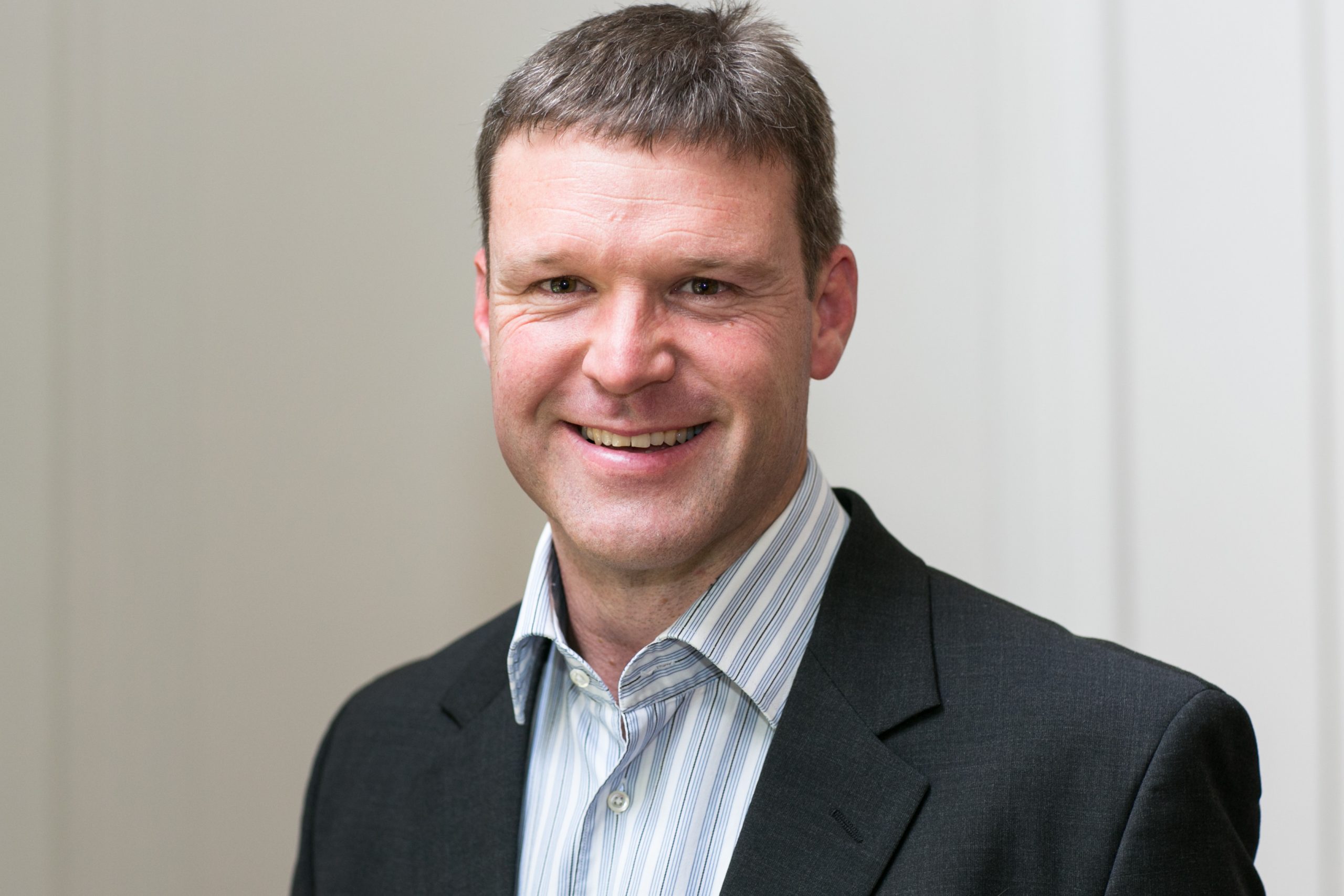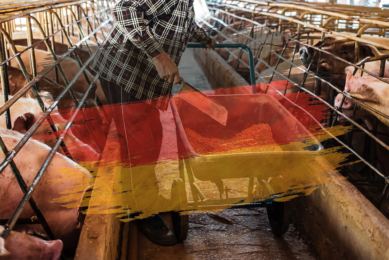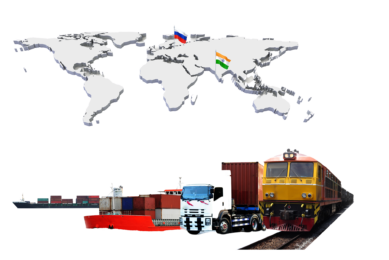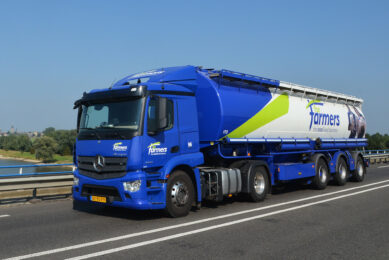Intensification: Opportunities for De Heus South Africa

Extensive farming such as sheep and beef production are intensifying in South Africa. With less grazing, more attention should be paid to nutrition. All About Feed spoke to Koos Kooy, general manager at Royal De Heus in South Africa about the current agricultural challenges and opportunities.
In October 2007, Dutch feed company Royal De Heus bought Nutrex, a South African company producing nearly 100,000 tons of feed per year. Since then, the company has built 2 new locations in Klerksdorp and Modimolle. A 4th feed mill (focusing on dairy cattle feed) in the Southern Cape, not far from Mosselbay, was acquired in 2011. In 2013, De Heus opened on this site, a new production line in its 4th factory. “Because we are located throughout the country, we have a national footprint with our feed company,” explains Koos Kooy, who is country and general manager of De Heus South Africa since 2007.
Operation in extreme markets
With the growth spurt made since 2008, the company has established itself as a leading provider of dairy feed. Around half of the feed produced is for dairy cattle. Around 20% of the total volume is poultry feed, followed by 20% of feed for beef, sheep, ostriches and goats (the extensively raised animals) and 10% of the volume is pig feed. De Heus produces feed for different production stages of the animals but also for different markets than the traditional European markets. “For starters, our feed production facilities need to cater for all animal species due to the regionality of the country and the long distances between feed mills. Furthermore, we have unique animals like ostriches, extensive sheep, beef and goats. But also the type of farming is different in South Africa, compared to Europe. Our customers are large scale. An average dairy herd here has 600-800 cows. Larger farms require a different approach than small or medium sized farms,” explains Mr Kooy. At the same time, De Heus also has to cater for a large group of small farmers. These farms have a basic set up, but they are also important to us. These small farms require a different approach in training and advice. At the same time, Mr Kooy explains that South Africa sees a lot of different weather patterns throughout the country. The Northwest is a very dry area for example. Some other areas get more rain. Koos Kooy: “All in all, we operate in extreme markets: small and large farmers, located in both wet and dry areas in the country.”
Consolidation, integration and intensification
What are the trends seen in the South African livestock sectors? Mr Kooy explains that different developments are seen. “Firstly, we see a strong consolidation trend, especially in the dairy sector. In 2011, we still had approximately 7,500 dairy farmers. Today, we have less than 1,500. Although the farmers are less, the cows are more and so also the amount of milk produced. These consolidation trends are also seen in the pig and poultry sector by the way,” he says. Secondly, a big trend that is seen in South Africa is the vertical integration of the poultry market. There used to be more independent poultry farmers in South Africa, but these have become extinct. Between 2011 and 2015 we have seen a strong decline of the independent poultry farmer and the growth in poultry integrations. What is left today are big poultry integrators, who also make their own feed in their own mills. “We simply don’t have access to these integrated markets. We do focus and play an important role in the rural smaller scale poultry market,” says Mr Kooy. Interestingly we see more intensification of extensive beef, sheep and goat sectors. Intensification entails that these farmers are building a lambing shed system, hence grow the lambs indoors. Only the adult sheep are grazing outdoors in the field. The use of a lamb creep is of great importance in an intensive system, to help develop and wean the lambs as soon as possible, and to take the pressure off the ewes. This gives the ewes a chance to improve their condition before the next breeding season. This intensification process is fuelled by the increase in predator animals (due to more land that is marked as natural reserves) and the price increase for land.

More focus on nutritional advice
When farms intensify, the need for nutritional advice becomes bigger as farms do not only rely on pasture feeding only. Beef and sheep require less diet formulation and advice when they are grazing. Mr Kooy explains: “This is an exciting area for us as we can help these farmers production optimisation. For sheep farmers for example we have developed a product that can be fed to the ewes in the lambing pens as well as to the lambs as a creep feed. Also for dairy farmers, we see in some areas of the country (where land is more expensive), that farmers move towards a TMR system and require more concentrate feeding.” De Heus also produces feed for non-conventional farm animals such as mohair goats. South Africa has the most mohair goats in the world. But how do you feed these animals? “We have learned a lot about feeding mohair goats by working with a farmer who had the world’s best quality mohair wool in 2015. Then the draught came in the years after. He used to have 800 grams of fleece per kid goat and had to survive in the draught period. We helped him with using different feed supplements. In 2016 he won again, and now with a whopping 1.2kg fleece per kid. In addition, the hair even had a better quality. We found out that the hair follicle development takes place in early pregnancy. So optimising the nutrition of the pregnant ewe helps in boosting the quality of the mohair in her offspring.
South Africa is simply just a dry country
“In 2016/2017 we experienced a terrible drought and farmers simply had to survive. Pasture fed systems had to buy extra feed for the animals. We produce a drought relieve feed, a low cost pellet that is made for keeping the animal on a maintenance level. We have to keep in mind that South Africa is a dry country and we have droughts from time to time, in different areas of the country. The one in 2015/2016 was the worst in over a hundred years and had a huge impact and we have seen that farms became less profitable in those years. The feed prices went up as most of the raw materials are sourced locally and the local grain prices went up as a result of the poor harvests,” says Mr Kooy. However, 2016/2017 had a record maize crop and 2017/2018 is looking good as well. With the 2 good consecutive seasons. “The margin is back in farming. For De Heus this means that there is still room for organic growth and hopefully we can open more feed production facilities in the years to come,” concludes Mr Kooy.











